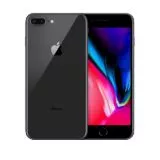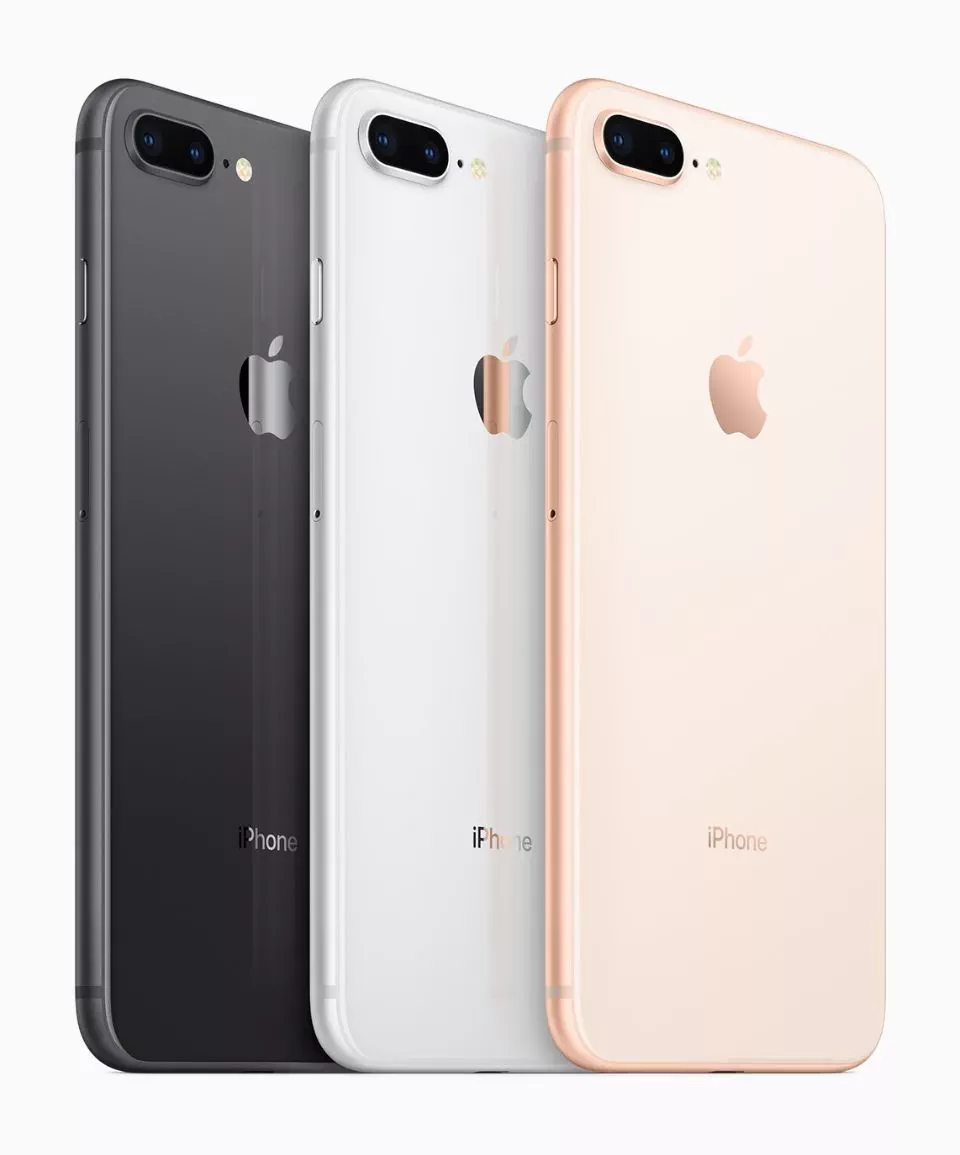Apple iPhone 11 Pro Review
In the realm of high-end smartphones, few gad...
By Susan Giles1584

0

It isn’t lost on modern smartphone users that the iPhone 8 Plus is no longer king in the iPhone realm. This model has been overshadowed by its trendier—and expensive—successors, the X, XS Max, and 11 Pro Max.
Now, despite the rapid sophistication of mobile technology, the 8 Plus remains a superb option for those looking for affordability, versatility, a great camera, and all-round performance.
Release Date and Pricing
As the 11th generation of Apple phones, the iPhone 8 Plus was released on September 22nd, 2017, along with its little brother, the iPhone 8. They officially replaced the 7 and 7 Plus models from the previous year. The 8 Plus was initially announced with a price tag of $799 (64GB) and $949 (256GB).
Design
The design of the iPhone 8 Plus hasn’t greatly evolved from that of its predecessors, the 7 Plus, 6S Plus, and 6 Plus. The 8 Plus has kept the same dimensions overall (158.4 x 78.1 x 7.5mm), its large screen bezels, aluminum contour, Touch ID home button (perpetuating fingerprint reading), and its proprietary lightning port.
The only major addition is a new shiny glass back, which does look great and gives it a premium feel, but has made the phone’s structure considerably more fragile. This has also made the 8 Plus gain a few grams (at 202g versus 188g for the 7 Plus) and added a practical wireless charging feature. It is available in four color choices: space grey, gold, silver (basically white), and red.
Display
The iPhone 8 Plus boasts a 5.5-inch LCD display, with a 1080 x 1920 Full HD resolution. Due to its bezels, it has a 67.25% screen-to-body ratio, an aspect that could have definitely been improved in light of the competition (notably the Samsung Galaxy S8 Plus and its impressive 88% screen-to-body and higher screen resolution).
That said, this iPhone still delivers a comfortable viewing and tactile experience with enhanced color reproduction and temperature, along with convenient 3D Touch technology. The introduction of TrueTone, borrowed from the iPad Pro, allows the screen to match ambient lighting, thus limiting blue light and reducing eye fatigue.
Lastly, the 8 Plus also introduced new and improved Augmented Reality effects (for virtual filters, gaming, and taking measurements), which can be useful, but still needed further amelioration to make a genuine impact.

Performance
Despite a redundant format and aesthetic, the iPhone 8 Plus still packs a punch in terms of technical performance and specs. It comes equipped with an improved Apple A11 Bionic chipset, a three-core GPU graphics processor, and 3GB of RAM memory.
This bundle offers a powerful and smooth experience for any user’s profile. As far as internal storage, the choice is between a 64GB or 256GB model. Sadly, yet again, Apple offers no possibility for expandable memory (like with supplemental micro SD cards on popular flagships from other manufacturers) — certainly to force people to spend extra bucks on their products.
The 8 Plus was originally launched with the iOS 11 software, but is now compatible with the latest versions of iOS 12, and possibly the upcoming and much-anticipated iOS 13 upgrade. So, yes, owning an iPhone 8 Plus in 2020 is still definitely worth it.
Battery
Previous-generation iPhones are notorious for their average to mediocre battery capacity and life span. Now, the 8 Plus 2017 model is no exception, yet it offers a fair autonomy compared to earlier models.
As people spend more and more time on their phones between calls, video chats, and social media platforms, one would imagine that brands like Apple would integrate long-lasting batteries. That reality is still elusive, even for the latest ultra-high-end flagship models.
With a Li-Ion (non-removable) 2691mAh battery, the iPhone 8 Plus will be a loyal companion throughout the day for those with mild usage. However, it will quickly show its limits for intensive users, lasting for a half-day at the most. It is still possible to optimize battery life with internal settings, though.
Another downside, while the fast charging feature allows you to gain up to 50% in 30 minutes, the box does come with a fast charging cable or block calling for further expenses.
Camera
If there is an area where the iPhone 8 Plus does not disappoint, it has to be the camera. Following its direct predecessor, the 8 Plus features a dual horizontal camera that is one of the best on the market and can rival up against newer models (even today!).
At the back, it boasts a 12MP wide lens, coupled with a 12MP telephoto lens that enables zooming 10x. Now, with an upgraded processor and better sensors, photo quality is sharper and more textured than ever before on an iPhone.
The Quad-LED dual-tone flash helps capture crisp and well-rendered images. Likewise, the integrated HDR mode also comes in handy for shooting in poor light environments, although it leaves much to be desired.
The 7MP front camera is admirable and capable enough for everyday use, like taking selfies or video conferencing on FaceTime. As far as videos, the iPhone 8 Plus offers an impressive quality shooting range, between 720p HD at 30fps and 4K UHD at 60fps.
Lastly, with regular software updates, users now have the possibility to edit photos and videos directly from the Photo Library app, therefore eliminating the need for third-party photography apps.
Final Verdict
It’s fair to say that the iPhone 8 Plus is no spectacular evolution from its predecessor. Nonetheless, it does come with a few appreciable upgrades, including a stylish (yet fragile) glass back, better processing speed and graphics, an enhanced camera experience, and fast and wireless charging options.
The reviewers would have liked to see a larger screen size with leaner borders, a more efficient and durable battery, along with an expandable memory feature. All in all, the iPhone 8 Plus is a reliable alternative for those lacking the budget and still desire to move towards more sophisticated and recent iPhone products.
Updated 4 years ago